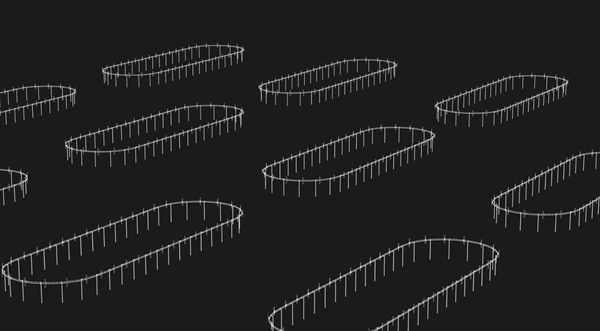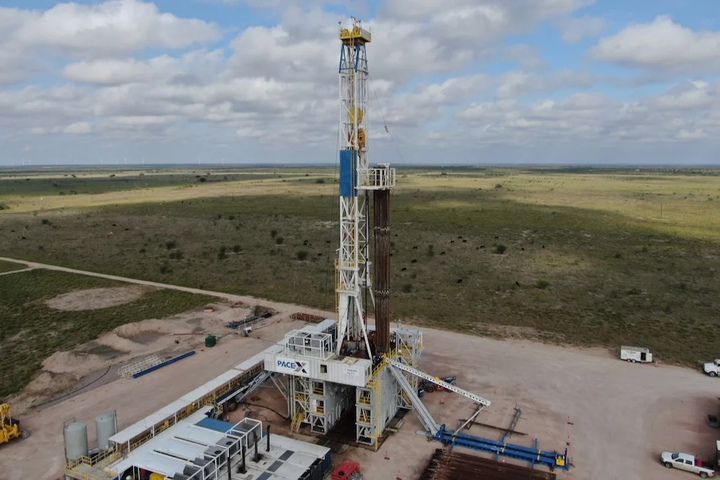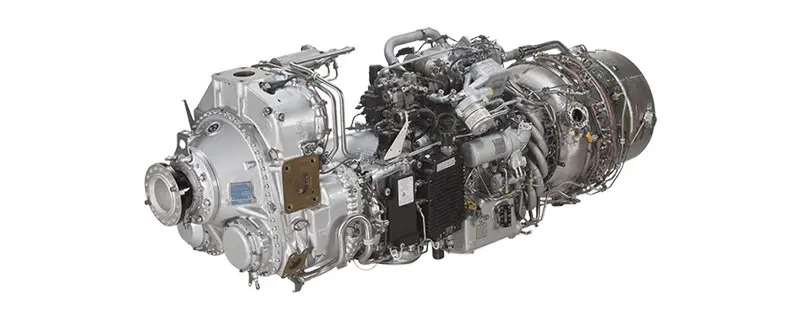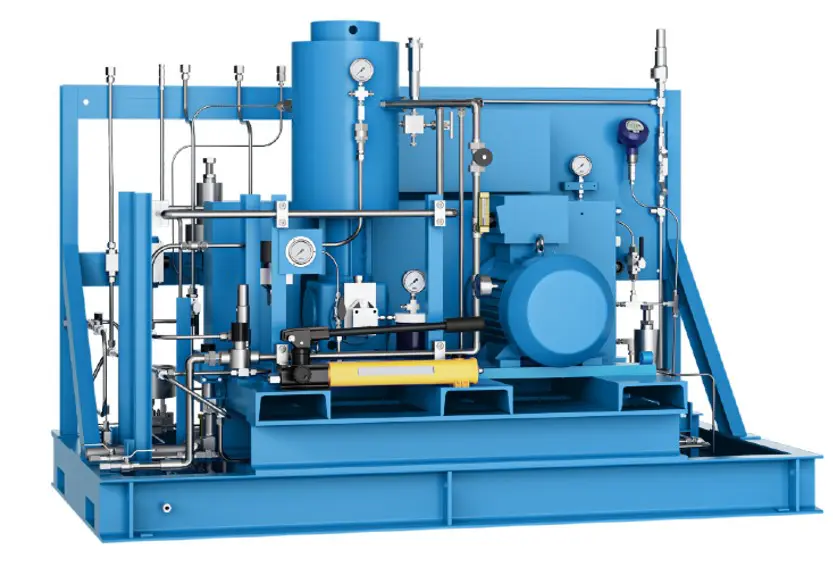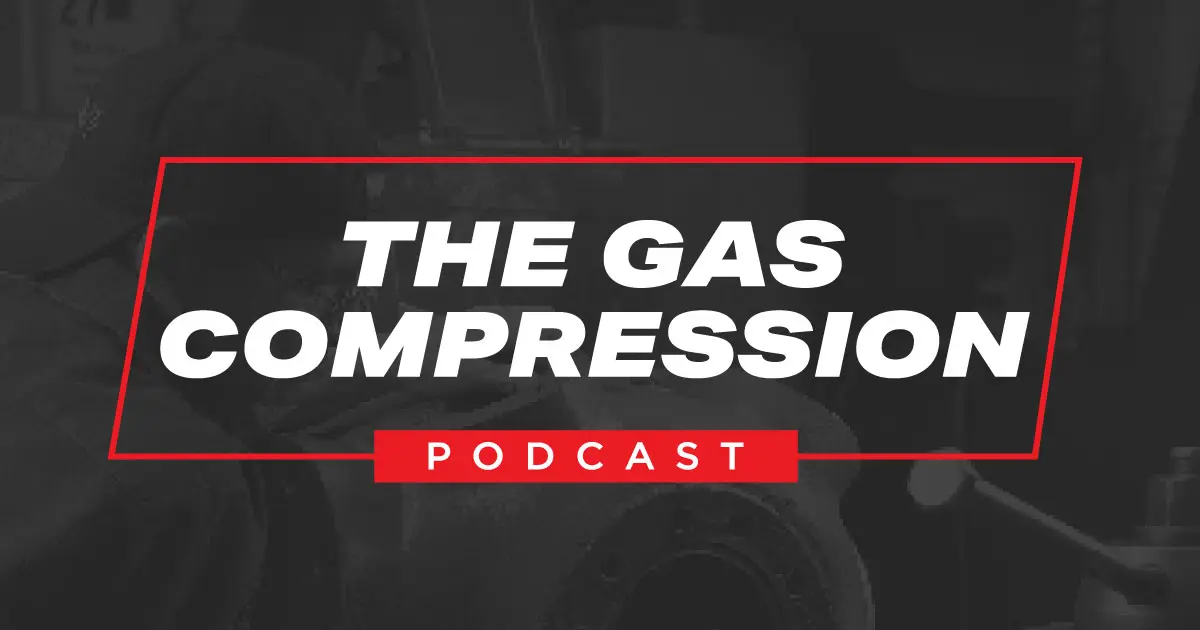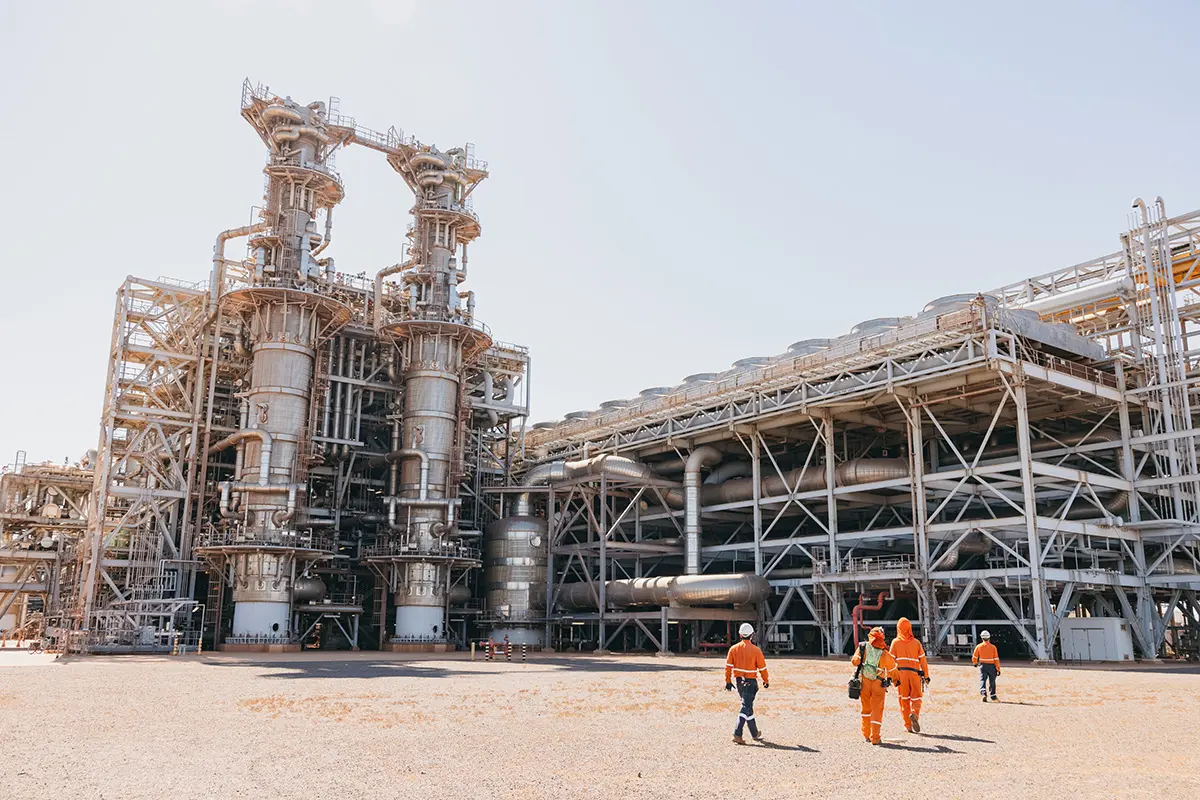
Targeting Fugitive Emissions In Reciprocating Compressors
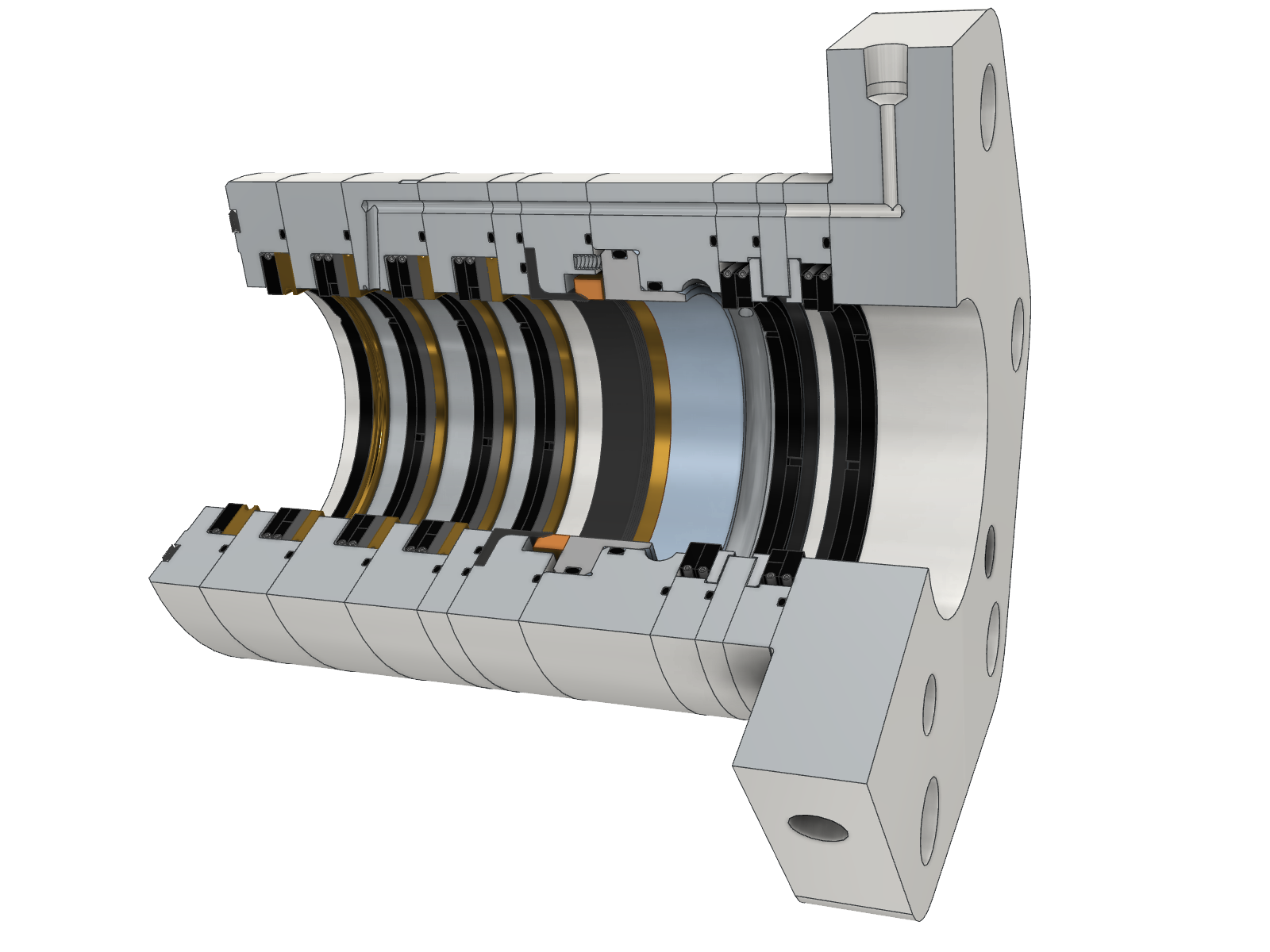
As more energy companies adopt environmental policies that aim for net-zero carbon emissions, Cook Compression (Cook) has launched a sealing system designed to help reciprocating compressor operators lower the fugitive emissions from packing cases, maximize natural gas recovery, and increase compressor efficiency.
“Many of our customers have ambitious decarbonization goals driven by government regulations or corporate ESG initiatives,” said Juan Moreno, product manager at Cook. “We continue to develop our portfolio of Cook Clean products and technologies to support these goals, and the Cook Clean Sealing System is one solution in this portfolio. Although leakage can be minimized by properly specifying and maintaining the packing case, rings, and rod, the fundamental design of reciprocating compressors makes gas leakage practically unavoidable. Therefore, some type of barrier must be employed to prevent emissions from escaping into the atmosphere.”
Engineered to order, Cook Clean Sealing Systems incorporate proprietary design elements and TruTech high-performance materials to offer a system that has documented leakage rates below 0.75 scf/m per throw. Components of the Cook Clean Sealing System include uncut ring technology (BTUU/BTRR rings), LF Purge Pac or LF Vent Pac assemblies, Static-Pac shutdown seals, and precision sealing surfaces.
“Each component works together to create a best-in-class emissions reductions system that also provides operational benefits to equipment owners,” added Moreno.
BTUU/BTRR Rings
Seal rings stop or restrict gas flow from the cylinder to the vent or distance piece. “Cook BTUU/BTRR rings feature a gapless design that deflects under pressure load and forms a tight seal on the piston rod, eliminating leakage paths, sealing more effectively, and reducing fugitive emissions below measurable limits,” said Michael Pratte, engineering team lead at Cook.
“These additional rings supplement the traditional radial/tangent [BT] rings, providing a higher efficiency seal and reduced overall frictional loads. There will be significantly reduced leakage compared to an industry-standard legacy BTR-type ring,” said Pratte. “The reduced frictional heat load allows packing assemblies to run cooler, which reduces wear, extends run times, and decreases maintenance costs. In both laboratory tests and on equipment in the field, we’ve seen piston rod temperature reductions of up to 100°F [38°C] compared to traditional rings.”
LF Purge Pac Or LF Vent Pac
“Low-friction [LF] technology uses springs and pressure plates to effectively side-load standard seal rings without the increased heat generated by a wedge-type ring. The resulting lower rod temperatures extend the life of purged and buffered packing,” said Pratte. “The LF Purge or Vent Pac cartridge assemblies, depending on the compressor configuration, both use our LF technology to create a high-performing, long-lasting seal that extends the service life of the packing case. In addition, the cartridge design is easy to install and maintain compared to legacy systems.”
Static-Pac Shutdown Seal
For compressors that remain pressurized during shutdown mode, the Static Pac seal mechanically forms a tight lip seal against the piston rod to lock in gases. When activating pressure is released during compressor startup, the seal lifts off the rod surface to allow free movement.
“Static Pac seals prevent the escape of high-pressure gas from the packing case assembly during and after compressor shutdown to help increase safety and environmental compliance,” said Pratte.
Precision Sealing Surfaces
Through investment in technology, Cook developed a manufacturing process to create a tighter sealing surface between packing cup faces. “Research has shown that with cleaner, flatter, and smoother surfaces, there will be less leakage across the cup face,” said Pratte. “This leakage advances into the distance piece and is usually released into the environment. Our enhanced mating surface contact reduces emissions through a tighter seal.”
Looking Ahead
Government regulations have refocused efforts on measuring and reducing fugitive emissions across the energy industry. “In these operations, reciprocating compressors account for a percentage of continuous emissions leakage with leaks originating from the packing case,” said Moreno. “Cook is investing in the research and development of new technologies to help customers navigate the energy transformation. Whether the goal is to attain carbon neutrality, reduce methane emissions, transition to hydrogen fuel, or optimize equipment performance to save energy, we have a solution. The Cook Clean Sealing System combines proven technology with engineering expertise to offer a sealing system that reduces fugitive emissions to near-zero levels.”

